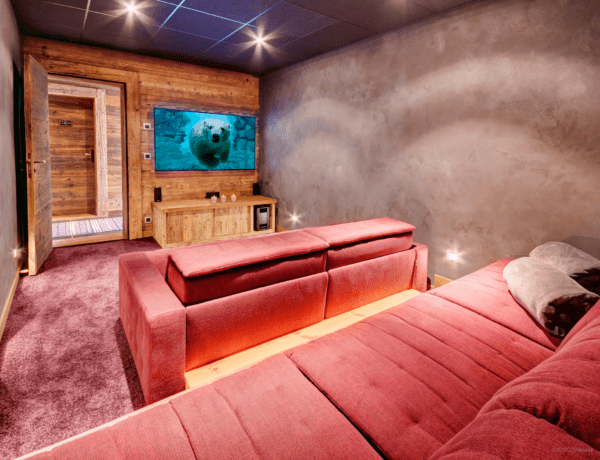The seasonal rental business works the same way as any other business:
Revenue = Turnover – Expenditure
So any owner who wants to boost their income has two main options:
- Increase rental income;
- Reduce rental expenditure.
In this article, we will focus on how you can reduce your rental costs, including factors such as:
- Cutting energy bills through eco-responsibility;
- How to run a low-budget advertising campaign;
- Budgeting accordingly;
- Understanding tax requirements.
Read on to find out more…
Table of contents
Click on a link to jump to that section:
- Making your chalet more energy-efficient
- Reducing rental costs with regular maintenance
- Reducing your marketing costs
- Partnerships and taxation

Making your chalet more energy-efficient
Boosting the energy efficiency of a rental chalet is essential to keep rental costs down, protect the environment, reduce energy bills, attract more guests and guarantee long-term profitability.
Improving insulation
Improving insulation is key to minimising heat loss and reducing your guests’ overall reliance on heating. You should ensure that walls, floors and attics are well insulated using modern, environmentally-friendly materials such as rock wool or wood fibre. The installation of external insulating cladding (ITE) is another way to increase thermal efficiency and limit energy loss.
These improvements can lead to significant savings. Heating bills could be cut by up to 20% – about 400€ to 800€ a year, depending on the size of the chalet and the weather.

Programmable thermostats
Programmable thermostats are an efficient way to manage your heating system and avoiding the overuse of heating appliances could also result in considerable savings.
By programming them according to periods of occupancy and vacancy, you can automatically adjust the temperature of the chalet to avoid waste. For example, you can reduce the temperature when the chalet is unoccupied. Some thermostats even offer smart features that allow you to remotely control the heating via a mobile app.
A programmable thermostat can reduce heating costs by 10 to 20%. This translates into annual savings of 200€ to 400€, depending on the heating method and the size of the chalet.
Moving to energy-efficient appliances
You can also make significant savings by replacing old energy-hungry appliances with certified energy-efficient models. Opting for A+++ rated fridges, dishwashers and washing machines, designed to reduce electricity and water consumption, is highly recommended. You could also consider installing solar water heaters or heat pumps for heating and hot water.
By switching to energy-efficient appliances, you could save up to 30% on appliance-related energy costs. On average, you can save around 300€ to 600€, depending on the appliance’s efficiency and how often they’re used.
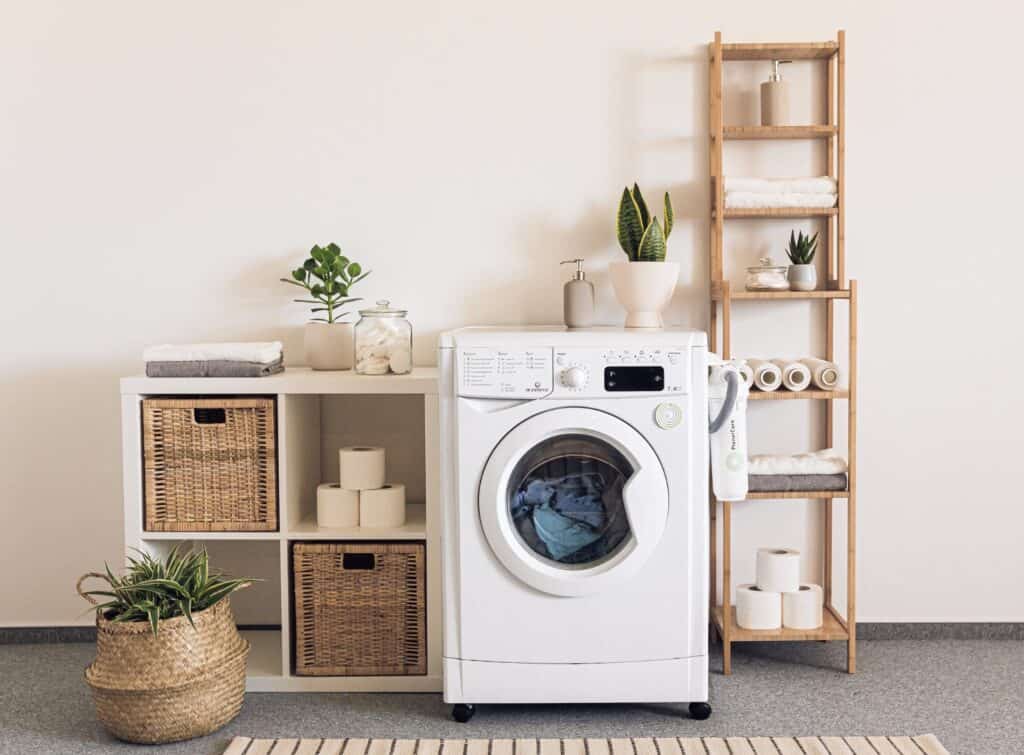
Switch to LED lighting
Next, consider replacing traditional light bulbs with LED bulbs. They consume up to 80% less energy than incandescent bulbs and have a longer lifespan. According to the EDF website, “retrofitting a conventional system with LEDs can reduce the actual energy consumption of the installation by a factor of 3 to 5”. With a variety of colours and styles, LED bulbs can also be used to create a warm atmosphere in your chalet.
For example, let’s look at a 200m² rental chalet in the Alps.
By replacing 20 conventional 60-watt bulbs with 8-watt LED bulbs, it is possible to save around 189.8-kilowatt hours (kWh) of energy per year. If the average cost of electricity in the region is 0.15€ per kWh, this equates to annual savings of around 28.47€.
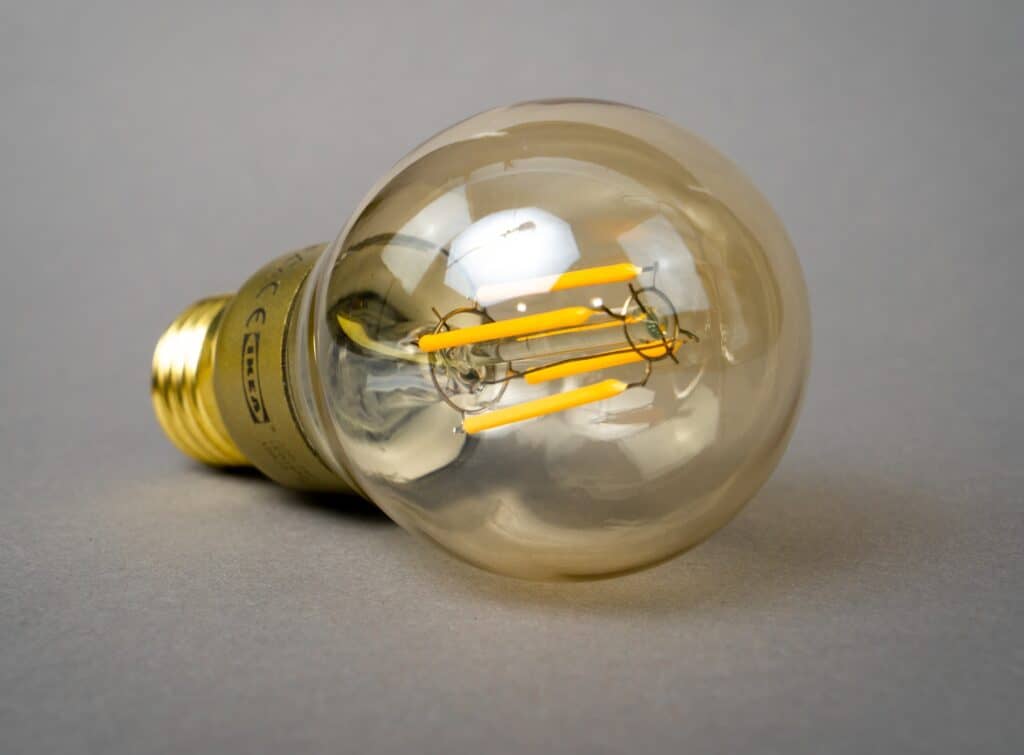
Hanging thermal curtains and blinds
To maximise energy efficiency, consider investing in insulated curtains or blinds for the windows. These reduce heat loss in winter and stop rooms from getting too hot in summer, maintaining a comfortable temperature and easing the load on heating or air-conditioning systems.
Install water flow regulators
Water flow regulators on taps and showerheads help to reduce consumption without sacrificing pressure. This saves money on water bills and helps to preserve the supply of this precious resource.
Benefits for the environment
As well as financial savings, these actions also bring significant environmental benefits.
By cutting heating use, you are helping to reduce greenhouse gas emissions and reinforcing your commitment to the fight against climate change. Additionally, by dopting an automated temperature management system you limit the chalet’s carbon footprint and promote an environmentally-friendly approach.
What’s more, by opting for energy-efficient appliances, you can help to preserve natural resources and reduce greenhouse gas emissions overall, having a positive impact on the environment.

Additional measures
Making changes to improve the energy efficiency of your chalet is a great start, but there are other things you could consider too.
Firstly, make sure that your guests are aware of any energy-saving measures. This can be done by including tips in the welcome booklet and by displaying visual reminders in key areas of the chalet, such as the kitchen and bathroom. Guests will then be encouraged to adopt eco-responsible practices, such as turning off unused lights, monitoring their water consumption and setting the heating at a reasonable temperature.
Secondly, to ensure sustainable energy efficiency, pay particular attention to the maintenance of appliances, consumption and bills. Homeowners should keep a close eye on their energy bills, carry out maintenance checks and research new technologies to make sure energy expenditure is kept as low as possible.
Reducing rental costs with regular maintenance
Investing your time and money in regular maintenance of your chalet could prevent long-term costly problems and extend the life of your property.
Here are some examples of expensive repairs that can be avoided through regular maintenance:
Heating systems
In mountainous regions, where the winters can be harsh, you need to ensure that the heating system is working efficiently. Regular servicing of the boiler or central heating system allows potential problems to be detected and resolved before they turn into costly breakdowns.
For example, clogged filters, worn parts or air circulation problems can lead to increased energy consumption or even complete system failure.
Therefore, by scheduling regular inspections and maintenance, you can keep your heating systems in good working order and avoid costly repairs.
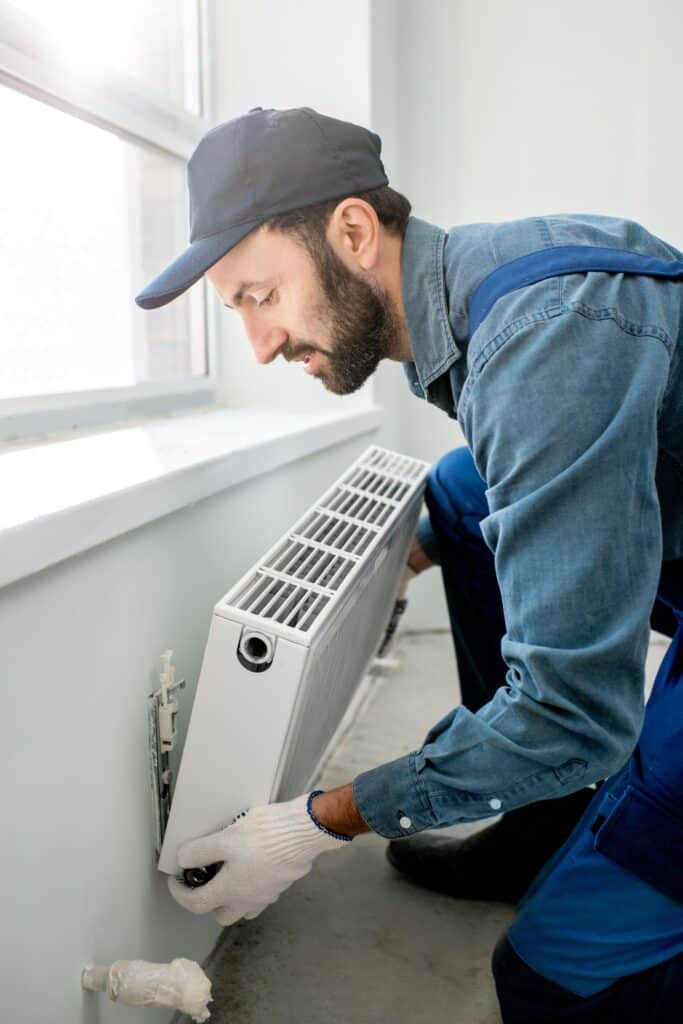
Maintaining your roof
Chalets in the Alps are subject to extreme weather conditions, including heavy snow and extreme temperatures. So it is essential to check the roof regularly for damage, broken tiles, waterproofing problems and other leaks.
If left unchecked, these problems can lead to water leaks, structural damage and pricey repairs. Therefore, regular roof maintenance, including gutter cleaning and inspection, is key to preventing major problems – plus it extends the life of your property’s roof.
Inspect your chalet regularly
It’s a good idea to set up a checklist for seasonal maintenance tasks. This can include actions such as:
- Inspecting plumbing systems;
- Servicing electrical equipment;
- Checking windows and doors for air leaks;
- Maintaining gardens and outdoor spaces.
By carrying out these tasks regularly, potential problems can be identified and resolved at an early stage, avoiding costly repairs and preserving the value of your rental property. Plus, reducing your rental costs also means avoiding unnecessary replacements of furniture or appliances.
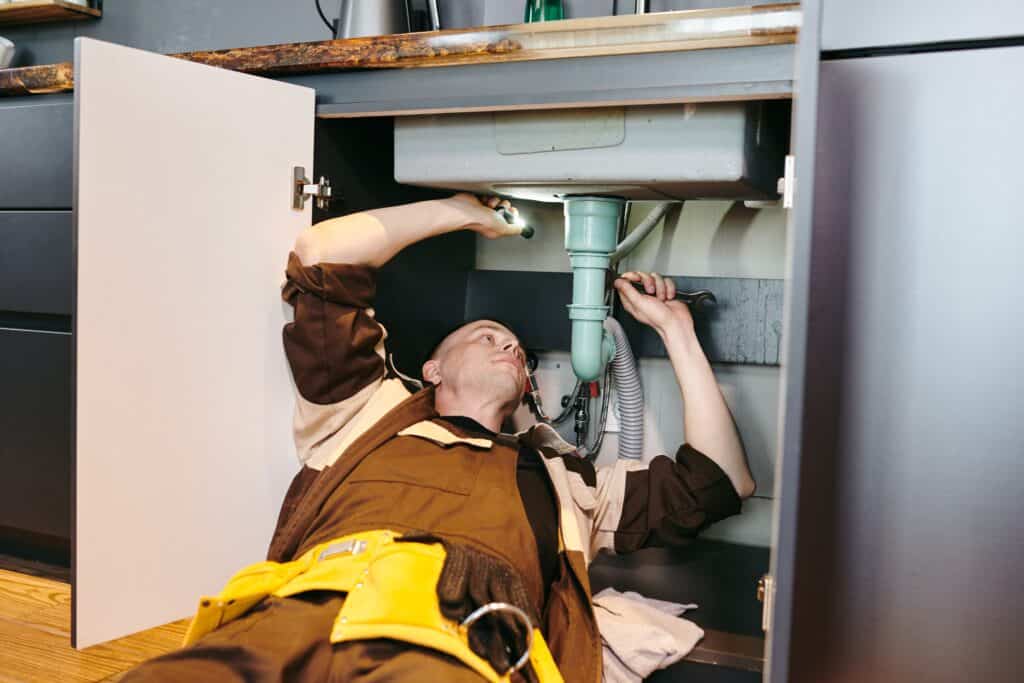
We’ve put together an example checklist to help give you an idea of what need to be done and when. Tasks are broken down according to how often they should be carried out, from monthly to every two years, with an estimate of the time needed to complete them. However, do note that the exact time may vary depending on the size and complexity of the property.
Monthly tasks
- General cleaning
- Sweeping, mopping floors, dusting surfaces (estimated time: 2-4 hours);
- Inspecting electrical appliances
- Check that appliances are working properly (fridge, dishwasher, etc.) (estimated time: 30 minutes);
- Check for water leaks
- Check taps, plumbing connections and toilets (estimated time: 30 minutes).
Quarterly maintenance
- Clean ventilation ducts
- Clean ventilation grilles and filters (1-2 hours) ;
- Inspect heating and air-conditioning systems
- Get a professional to inspect the systems (2-3 hours) ;
- Maintenance of outdoor areas
- Prune shrubs, maintain lawns, check fences and outdoor lighting (estimated time: 2-4 hours);
- Check security systems
- Test fire alarms, inspect carbon monoxide detectors, replace batteries if necessary (estimated time: 1-2 hours);
- Inspect gutters
- Check gutters and downpipes for blockages and clean if necessary (estimated time: 1-2 hours);
- Check doors and windows for leaks
- Check the condition of seals and replace them if necessary (estimated time: 30 minutes to 1 hour).

Six-monthly maintenance
- Chimney maintenance
- Professional inspection and cleaning of chimney flues (estimated time: 1-2 hours);
- Check doors and windows
- Check locks and hinges for leaks and damage (estimated time: 1-2 hours);
- Inspect fire safety equipment
- Check the condition of fire extinguishers and fire blankets (estimated time: 30 minutes);
- Check outdoor leisure equipment
- Check the condition of leisure equipment such as barbecues, play equipment, etc. (estimated time: 1-2 hours);
- Inspect external walls and foundations
- Check for cracks or damage (estimated time: variable, depending on the size of the chalet).
Annual maintenance
- Improve insulation
- Check and improve wall, floor and loft insulation (estimated time: 4-8 hours);
- Check programmable thermostats
- Check and adjust thermostat settings (estimated time: 30 minutes);
- Upgrade to energy-efficient appliances
- Replace energy-hungry appliances with energy-efficient models (estimated time: variable, depending on the appliance);
- Checking swimming pool safety equipment (where applicable)
- Check safety barriers, alarm systems and pool ladders (estimated time: 1 hour);
- Inspect the plumbing
- Check pipes, joints and fittings for leaks (estimated time: variable, depending on the size of the chalet).
Every two years
The time it takes to complete the following tasks is completely dependent on the size of the property. However, we do recommend booking these services well in advance, as some professional companies have long waiting lists.
- Check leisure equipment
- Have swimming pools, jacuzzis, saunas, etc serviced and checked;
- Inspect the framework and structure
- Get a professional in to check the framework and structure of the chalet;
- Check the roof
- Have the roof inspected by a professional.
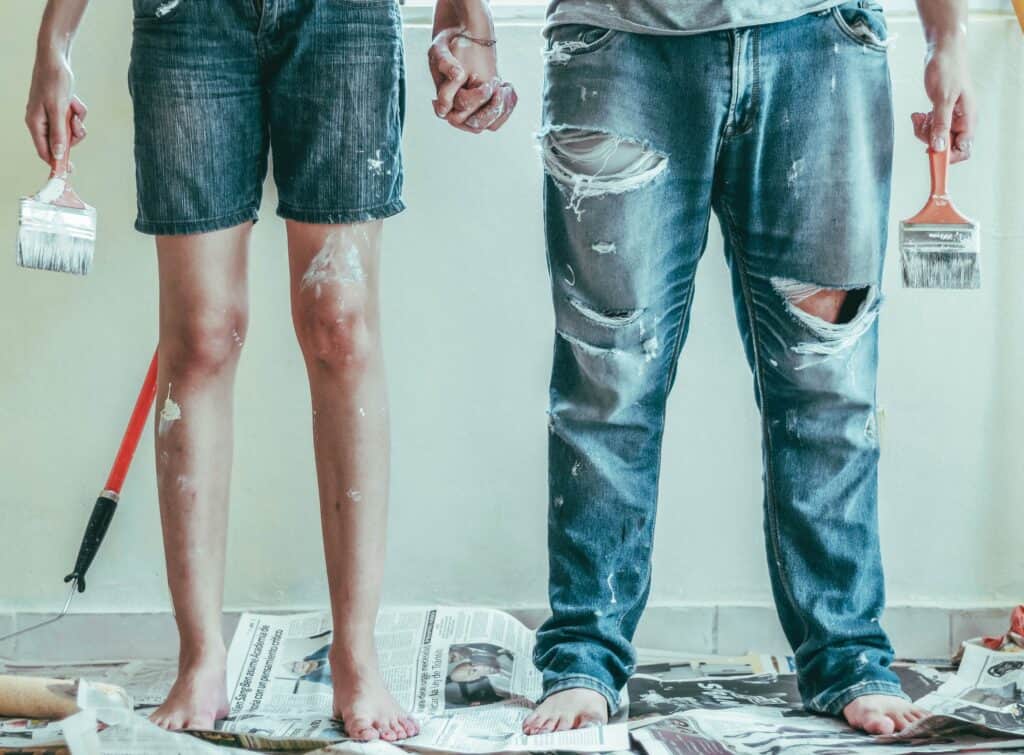
Management of chalet repairs
Establish a budget for maintenance
When you own a chalet in the French Alps, it’s essential to budget for repairs and maintenance to your property. Unexpected expenses for repairs can quickly mount up, but proper financial planning can help to deal with these situations efficiently and without stress.
Here are a few ideas which will help you create an effective budget and prevent – and reduce – repair and maintenance expenses:
- Review repair and maintenance expenses from previous years to get an idea of the typical costs associated with your property;
- Taking into account the age of the chalet, identify any major repairs or maintenance that may be required in the future. Estimate the cost of this work and include it in the budget;
- Unexpected repairs can happen at any time. It’s a good idea to set aside a contingency sum to cover these expenses without upsetting the financial balance;
- Prioritise repairs in order of importance and urgency so that you can allocate the budget effectively, starting with the most urgent work;
- Think ahead with maintenance: set aside funds for inspections, cleaning and minor repairs to keep the chalet in good condition;
- If major repairs are forecast, you should start saving now to avoid a financial shock when the work is unavoidable.

Consider doing it yourself
You can keep the costs of repairs down by taking up DIY. There are a number of simple repair tasks that anyone can undertake, such as:
- Replacing tap seals to stop a water leak;
- Installing new door handles or replacing locks;
- Repair small holes or cracks in walls with putty or plaster;
- Change faulty electrical sockets or install new switches;
- Replace broken tiles on the floor or walls;
- Install extra shelving or storage to optimise space;
- Readjust doors to straighten them and make the close more easily.
There are plenty of online tutorials and DIY guides available to help beginners with these projects, and it can be a rewarding experience.
However, it’s essential to know your limits and when to call in the professionals. For more complex projects or those requiring specialist skills, it is advisable to hire qualified local contractors.
These professionals can provide the skills and expertise needed to carry out larger repairs, such as renovating a bathroom, repairing a roof or replacing a faulty heating system. Plus, by hiring local contractors, you can also benefit from competitive rates and support the local economy.
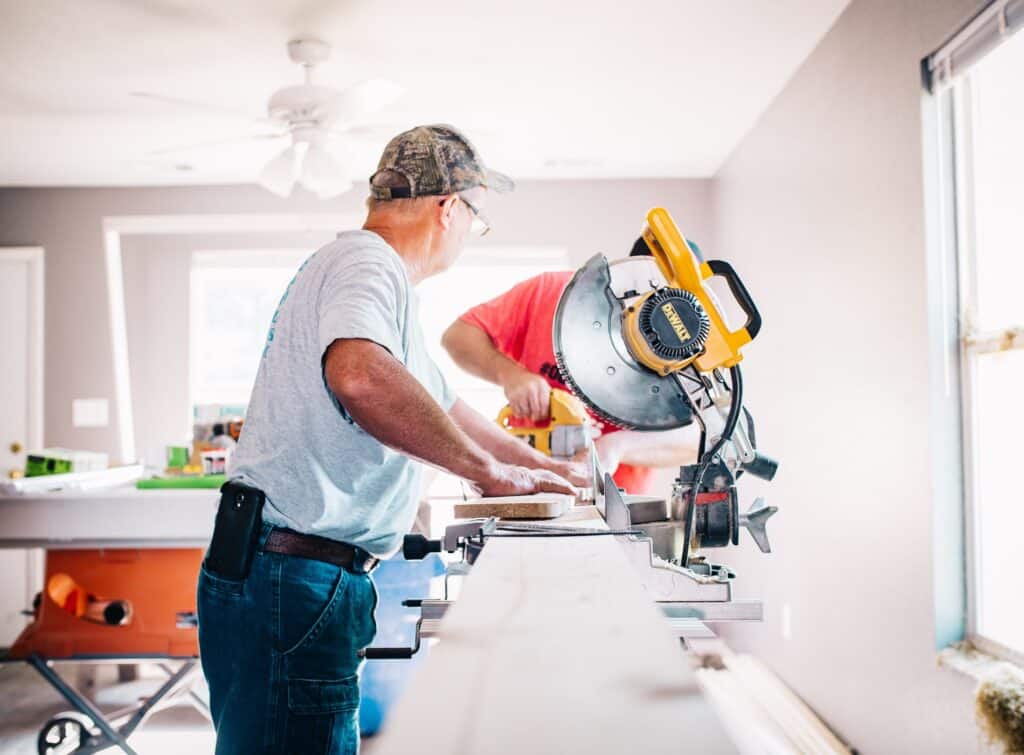
Consider local collaboration
Working with local contractors rather than large national companies has a number of financial advantages when managing a seasonal rental chalet in the Alps.
Firstly, you can reduce the travel costs often charged by larger companies. This includes fuel costs, accommodation and travel time, all of which can add to your bills.
In addition, local tradesmen tend to offer competitive rates, as they are more familiar with the local market. This allows homeowners to benefit from quality services at lower prices.
Working with experts nearby offers the advantage of quicker response times in the event of an emergency or necessary intervention. Their proximity to the chalet means they can act quickly, which can prevent more costly damage.
Trusted relationships also play an essential role when you work with local service providers. You’ll have the opportunity to get to know the team personally, fostering smoother communication and a better quality of service.
Finally, by choosing local craftsmen, you’re also supporting the local economy. This contribution is usually appreciated by both local businesses and the community who are concerned about the economic impact of their choices.
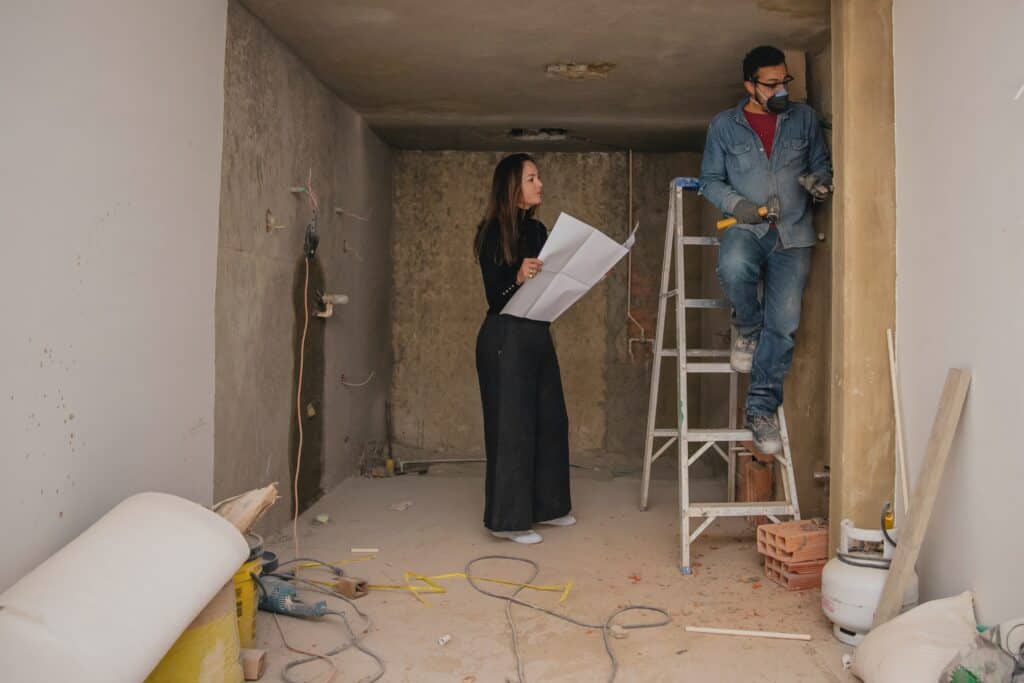
Reducing your marketing costs
Marketing and advertising strategies
The tactical use of social networks offers significant advantages when creating a cost-efficient marketing strategy. You’ll be able to generate more targeted advertising campaigns, reaching a specific audience interested in a luxury chalet holiday, in turn increasing your likelihood of securing bookings.
What’s more, advertising on social networks is a cost-effective option. This is because you can control your spending and adjust your expenditure in line with the campaign’s performance. Plus, you can use the platforms analysis tools to monitor the effectiveness of your ads in real-time and, if needed, modify your approach for a better return on investment (ROI).
By opting for targeted campaigns on social networks, you can optimise the reach and performance of your luxury chalet while effectively managing its costs. This strategic approach enhances the impact of your online ads, attracts the attention of the most relevant potential guests and boosts the overall profitability of a rental investment.

Access to an unlimited audience
As well as the ability to create targeted and profitable marketing campaigns, social networking platforms are growing in popularity. These platforms offer opportunities at no cost, meaning you can benefit from multiple advantages for your seasonal rental business on a long-term basis.
Free to use and a loyal audience
Social networking platforms are generally free, so you can reach a wider audience without having to invest heavily in advertising. By interacting regularly with travellers and offering attractive content, it is possible to build a loyal audience and create an engaged community who are receptive to your offers.
Diversity of content
Social networks offer a diverse space. So you can share stunning photos of your chalet, immersive videos of the surrounding landscape, testimonials from satisfied guests, as well as tips and recommendations for a successful holiday in the region. This variety of content helps to generate interest and keep travellers engaged.
Creating a brand image
Thanks to social networks, you can also shape your brand image by conveying your values, lifestyle and commitment to a unique, top-of-the-range holiday experience. A strong brand image helps you stand out from the competition and attract guests who are in tune with the chalet’s identity.
Improving your offer
Social networks encourage direct interaction with potential and existing guests. This means you’re able to respond quickly to questions and take on board comments and suggestions, boosting the confidence and satisfaction of holidaymakers. This interactivity also contributes to the continuous improvement of the marketing offer, by adapting to the needs and preferences of the public.

Partnerships and taxation
Diversifying the marketing offer
An effective way to reduce expenditure is to diversify the chalet’s marketing offer. Offering themed breaks, for example, can be a good way of attracting different categories of guests throughout the year. For example, wellness, sports or gourmet breaks can be designed to cater for travellers’ specific interests, generating additional bookings during less popular periods.
By taking advantage of local events such as festivals, concerts or sporting events, owners can capitalise on the tourist appeal of these highlights. Special deals or packages centred around these events can help the chalet increase its bookings and smooth out spending over the year by attracting a specific clientele. This will also optimise chalet occupancy during peak periods.

Getting the best tax system for you
Certain expenses may give rise to tax deductions under the actual (réel) system, for example:
- Maintenance and repair bills;
- Subscriptions or consumption charges that are included in the rent, but which are actually paid to the owners (internet, gas and electricity subscriptions, for example).
Entrepreneurs who exceed an annual seasonal lettings turnover of 72,600€ will automatically be assigned to the actual scheme.
As every case is different when it comes to tax, you should consult a chartered accountant to put in place the most advantageous plan and measures for you, and reduce your rental expenses as much as possible.
Partnerships with other chalets and local businesses
By establishing partnerships with other chalets in the region, owners can benefit from group purchases of supplies, maintenance equipment and even shared maintenance services. These collaborative arrangements reduce supply and maintenance costs, helping to even out expenditure throughout the year.
In addition, contracting laundry or cleaning services or building relationships with local businesses or restaurants can also generate economies of scale. By establishing local partnerships, the chalet can benefit from reduced rates, which translate into better financial management and greater flexibility to adapt the offer to tenants’ needs.
One example of a win-win partnership is working with local caterers and restaurants. By teaming up with these businesses to offer exclusive deals, you could offer an enriched experience to your guests while benefiting from mutual recommendations. This enhances the appeal of the chalet and fosters a relationship of trust with local service providers, creating a more enjoyable experience for your guests.

Professional rental management and concierge services
Working with a professional rental management company means you benefit from the expertise of seasoned professionals. At OVO Network, we optimise the chalet’s visibility on booking platforms, manage reservations and payments, and follow up effectively with guests. In turn, thanks to effective management, your bookings and income are maximised, creating a steady flow of income over the year, even in the off-season.
In addition, we can recommend trusted guest managers and concierge companies for your chalet. Partnering with an experienced individual or company allows high-end services to be offered to guests, enhancing their overall experience.
These can include greeting guests on arrival, booking local services such as leisure activities or restaurants, and assisting with specific needs. By providing a personalised, quality experience, the chalet becomes more attractive to holidaymakers, which promotes loyalty and positive word-of-mouth referrals, helping to attract more bookings throughout the year.
When it comes to reducing your rental costs, it’s important to be aware of all your options.
In some cases, the results will be felt immediately, by reviewing supplier or subcontractor contracts, for example. In other cases, it will simply mean reconsidering your taxes or your administrative processes. And sometimes, reducing your rental costs will require a substantial initial investment of time (feeding social networks) or money (installing solar panels or a new boiler) before you see any results.
If you would like to discuss your rental investment project with us, please contact OVO Network. With over 150 chalets under rental management, OVO Network can help you make the most of your mountain investment.
Finally, find out for free how much you can earn by renting out your property using our rental income calculator.
To receive tips on property management, expert commentary and the latest news from the holiday rental industry, subscribe to our Industry Insider Newsletter.
If you enjoyed this article, here are some more that might interest you:

